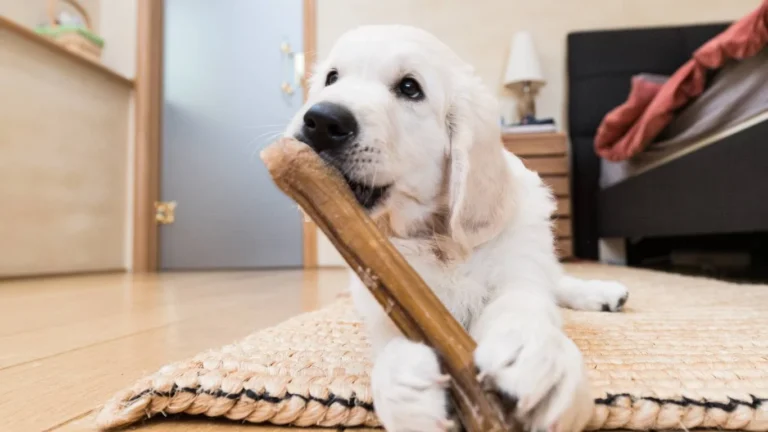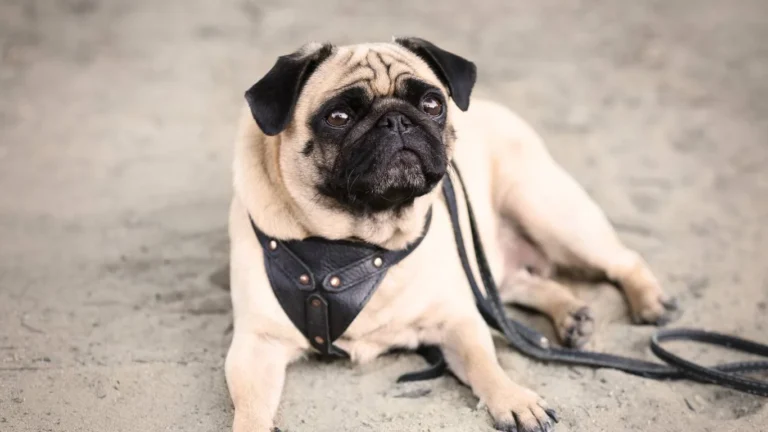Why Night Pacing in Older Dogs Could Signal a Health Problem
Many pet owners notice their senior dogs becoming restless or pacing at night. This behavior can be confusing and even worrying, especially if your dog was previously a good sleeper. Night pacing in older dogs isn’t just a quirk of aging—it can be a sign that something deeper is going on with their health, comfort, or environment.
Understanding what causes this change can help you support your dog and possibly improve their quality of life. In this article, we’ll explain the most common reasons for nighttime pacing in older dogs, how the aging brain and body affect behavior, and when it might be time to talk to your vet.
Understanding the Aging Dog
As dogs get older, their bodies and brains go through changes—just like humans. These changes can affect how they move, think, and react to their environment. Senior dogs may start to develop health conditions that weren’t present in their younger years.
The brain, in particular, can be affected by a condition called canine cognitive dysfunction (CCD), which is similar to dementia in people. It can make dogs confused, anxious, or disoriented, especially during quiet nighttime hours.
Older dogs also tend to have aches and pains from arthritis, changes in vision or hearing, and may need to go to the bathroom more frequently. All of these can cause them to be up and walking around when they should be resting.
How Night Pacing Works in Senior Dogs
Pacing is when a dog walks back and forth without settling down. At night, this behavior might look like your dog wandering the halls, circling the living room, or constantly getting up and down. It often happens because something is bothering them—either physically or emotionally.
For older dogs, the usual rhythm of sleep and wakefulness can get thrown off. The brain’s internal clock may not work the way it used to, causing confusion between day and night. This disruption, combined with possible pain or anxiety, can lead to nighttime restlessness.
While occasional pacing may not be serious, frequent or intense pacing is usually a sign that your dog is uncomfortable or confused—and that they need help.
Common Causes of Night Pacing in Older Dogs
There are several possible reasons why your older dog may be pacing at night. It’s important to look at the whole picture and notice any other symptoms or changes in behavior.
- Canine Cognitive Dysfunction (CCD): This condition is similar to Alzheimer’s disease. Dogs may seem disoriented, forget routines, or not recognize familiar people or places. They may also pace, bark, or appear anxious at night.
- Pain or discomfort: Arthritis, joint problems, or internal pain can make it hard for a dog to lie down and rest. Nighttime might be more uncomfortable if the house gets cooler or if they’re not on a supportive bed.
- Anxiety or confusion: Older dogs may feel anxious in the dark or when the house is quiet. Changes in routine, moving homes, or losing a companion can trigger stress-related pacing.
- Needing to urinate more often: Health issues like kidney disease or diabetes can cause increased urination. Dogs may pace because they need to go outside or feel uncomfortable holding it in.
- Vision or hearing loss: If a dog can’t see or hear well, they may feel insecure at night. They may pace trying to find a familiar sound or space to settle in.
- Changes in the home environment: New pets, visitors, or rearranged furniture can cause older dogs to feel unsure of their surroundings.
- Medication side effects: Some drugs, especially steroids or certain pain medications, can make dogs restless or more active at night.
If your dog’s pacing happens at the same time every night or follows a pattern, it may give your vet a clue about the cause. Try to note what time it starts, how long it lasts, and what else your dog does during these episodes.
When to Talk to Your Vet
If your dog has recently started pacing at night—or if the behavior has gotten worse—it’s a good idea to check in with your veterinarian. Many of the causes of night pacing can be managed or treated if caught early.
Watch for other signs that something might be wrong, such as:
- Changes in appetite or drinking habits
- Loss of interest in play or family members
- Accidents in the house
- Increased vocalization (whining, barking)
- Stiffness, limping, or trouble lying down
- Seeming confused or getting stuck in corners
Keeping a simple journal of your dog’s behavior can help your vet understand what’s going on. Include the time of night the pacing happens, how long it lasts, and anything that seems to make it better or worse.
Your vet may recommend blood work, a neurological exam, or imaging (like X-rays) to check for pain, internal problems, or brain changes. They may also suggest medications or lifestyle adjustments to help your dog feel more comfortable.
It’s natural to feel worried when your pet’s behavior changes. But remember—aging doesn’t have to mean suffering. Many older dogs live full, happy lives with the right support.
So if your dog is pacing at night, don’t wait it out or assume it’s just old age. There may be a treatable reason behind it, and your vet can help you get answers.






